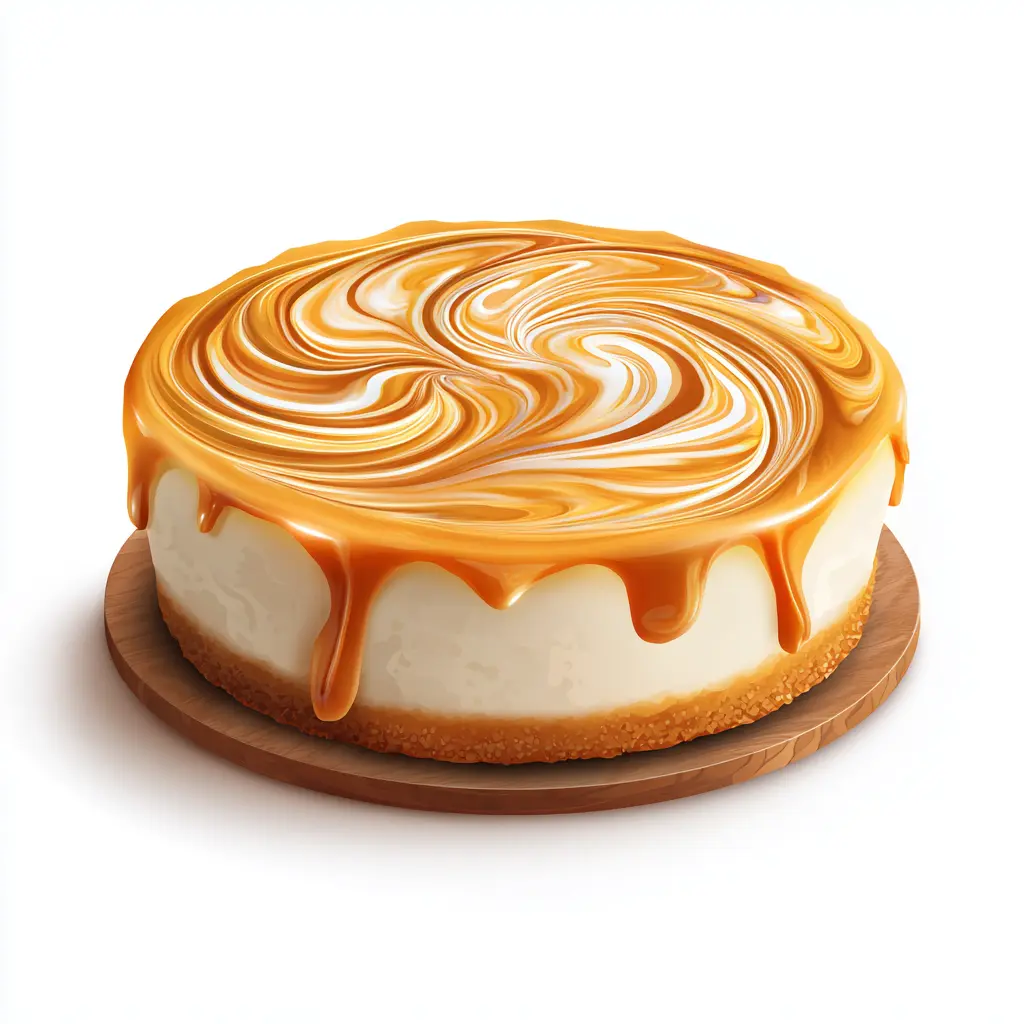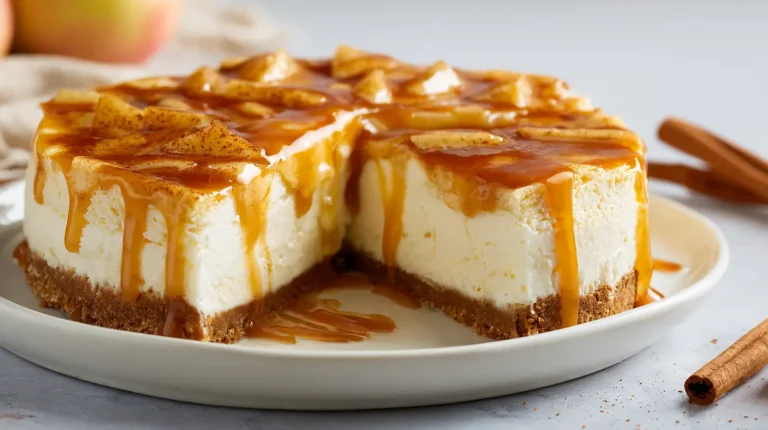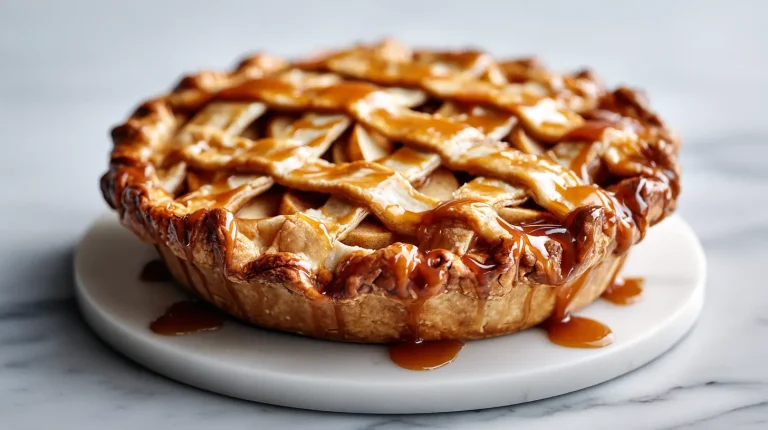Best Lemon Cake Recipe – Yummy Bright Fresh Flavor
Delicious Lemon Cake
A well made lemon cake delivers a bright, fresh flavor that instantly stands out from richer desserts. The sharp but pleasant acidity of fresh lemons brings a level of balance that sugar alone can never achieve, giving the cake a lively character from the first bite. Lemon cake is known for its moisture, tenderness, and noticeable fragrance. Even the simplest version feels special because lemon has a way of enhancing every ingredient it touches.
Home bakers love lemon cake because it is straightforward but never boring. The flavor profile stays clean, vibrant, and comforting, which is why it easily ranks among the most requested lemon desserts. A moist lemon cake from scratch is softer, fuller in taste, and more aromatic than anything made from a store bought lemon cake mix recipe. When you bake it at home, you control the level of acidity, sweetness, and richness, making the final cake perfectly suited to your style.
Lemon cake also adapts beautifully to different textures. You can create a tall layered cake, a simple iced lemon cake, a rich lemon pound cake recipe, or even a dessert with lemon cream cheese frosting. Each variation supports the natural citrus notes in its own way. Lemon cake works equally well as an everyday snack, a celebration dessert, or a companion for tea and coffee.
With the right technique and a few professional touches, lemon cake becomes a dessert worth bookmarking. This guide will show you how to prepare a lemon cake that stays soft, moist, and flavorful for days, while also giving you the confidence to adjust the recipe using the many lemon cake ideas and lemon dessert recipes home bakers enjoy today.
Why You Will Love This Recipe
This lemon cake builds flavor from multiple lemon sources. Using zest and juice in the batter helps the cake maintain a strong, fresh taste even after baking, while a light icing reinforces the natural brightness without overpowering the crumb. The tenderness comes from proper mixing and the right ratio of fat to flour, something expert bakers prioritize when developing a moist lemon cake.
You will also appreciate how the recipe avoids complications. Although it has the character of a lemon cake homemade by an experienced baker, the steps stay clear and achievable for any kitchen. It does not rely on difficult methods or tools. Instead, it uses foundational techniques that teach you how to make a lemon pound cake, layered cake recipes, or other lemon desserts with confidence.

The structure of this cake is designed to stay moist for several days. Lemon’s natural acidity strengthens the crumb in a way that improves shelf life. This is one reason why lemon cake is included in many easy at home cake recipes. The flavor improves overnight and remains balanced.
If you enjoy testing new recipes from sites like All Things Mama Recipes, Will Cook For Smiles Recipes, or other collections of bread recipes sweet enough for desserts, this lemon cake will easily become one of your favorites. It is dependable, flavorful, and flexible enough to pair with different glazes, creams, or toppings without losing its identity.
Preparation and Cooking Time, Also Serving
Ingredients
Cake Batter
Lemon Icing
Substitution Notes

Step by Step Instructions

Step 1: Prepare the Pan and Oven
Preheat the oven to 350 degrees Fahrenheit. Grease a standard loaf pan or an eight inch round pan with butter and coat lightly with flour. Proper preparation prevents sticking and helps the cake rise evenly along the sides.

Step 2: Mix the Dry Ingredients
In a medium bowl, whisk the flour, baking powder, baking soda, and salt. This aerates the mixture and ensures the leavening is evenly distributed. Even mixing at this early stage affects the smoothness of the final crumb.

Step 3: Combine Lemon Zest and Sugar
Place the granulated sugar in a large bowl. Rub the fresh lemon zest into the sugar using your fingers until the mixture becomes fragrant and slightly moist. This helps the natural oils from the zest infuse into the sugar, giving the cake a stronger lemon flavor before any other ingredients are added.

Step 4: Cream Butter and Lemon Sugar
Add the softened butter to the lemon sugar. Cream them together using a mixer until the mixture becomes pale and fluffy. This step incorporates air and sets the foundation for a soft and tender lemon cake.

Step 5: Add the Eggs
Add the eggs one at a time, mixing well after each addition. Make sure the mixture stays smooth. Even emulsification ensures the batter remains stable and prevents the cake from becoming dense.

Step 6: Add the Liquid Ingredients
Stir in the lemon juice, milk, and vanilla extract. The batter may look slightly curdled at this stage but will come together once the dry ingredients are incorporated.

Step 7: Combine the Batter
Add the dry ingredients gradually, folding gently until no flour streaks remain. Overmixing can reduce the cake’s tenderness, so fold with care.

Step 8: Bake the Cake
Transfer the batter into the prepared pan and smooth the top. Bake for 45 to 55 minutes, or until a toothpick inserted in the center comes out clean. Allow the cake to cool in the pan for 10 minutes, then transfer it to a wire rack to cool completely.

Step 9: Prepare the Lemon Icing
In a small bowl, whisk together powdered sugar, lemon juice, and lemon zest until smooth. Adjust the consistency by adding more lemon juice if needed. The icing should be thick enough to coat but fluid enough to drip naturally.

Step 10: Ice the Cake
Once the cake is fully cooled, drizzle the icing evenly over the top. Allow it to set for a few minutes before slicing.
How to Serve
Serve the lemon cake as a stand alone dessert or pair it with fresh berries for added color and brightness. For a more decadent presentation, top slices with a spoonful of lemon cream or a light whipped topping. Lemon cake also pairs well with hot tea, iced tea, or coffee because the acidity cuts through the richness of the beverage.
If you want a more elegant plating style, serve the cake on a cake board with a thin stream of icing drizzled around the slice. For gatherings or celebrations, transform this recipe into lemon layer cakes by doubling the batter and adding lemon cream cheese frosting between the layers. This works beautifully for birthdays or brunch menus because the flavor remains refreshing.

As a simple afternoon treat, the cake can be served lightly warmed with a small amount of butter. Its tenderness allows it to hold up well without feeling heavy, making it a solid choice among lemon desserts and cake mix recipes for home bakers looking for reliability and flavor.
Additional Tips
Recipe Variations
Freezing and Storage
Nutritional Information (Approximate values per slice)
Final Words
Lemon cake is one of the most reliable and rewarding desserts you can make at home. The ingredients are simple, the technique is approachable, and the flavor is unmistakable. A well prepared lemon cake offers the perfect balance of tang and sweetness, giving you a dessert that feels light yet satisfying. Baking it from scratch lets you control the texture and brightness, resulting in a cake that stands far above anything pre made.
With proper steps, careful mixing, and fresh lemons, this recipe delivers remarkable results every time. You will find it moist, flavorful, and versatile enough to enjoy on casual days or special occasions. Whether you prefer a classic loaf style, a layered lemon cream cake, or a variation inspired by other lemon dessert recipes, this base recipe will guide you confidently.
Once you bake it for the first time, you may find it becoming a regular in your kitchen. Lemon cake has a timeless charm that appeals to all ages. It stays fresh, looks beautiful on any table, and remains one of the easiest desserts to customize. Enjoy the process and let this recipe inspire many more lemon desserts in the future.
FAQ’s
Best Lemon Cake Recipe – Yummy Bright Fresh Flavor
Course: Desserts10
servings20
minutes45
minutes310
kcalIngredients
- Cake Batter
2 cups all purpose flour
1 and 1/2 teaspoons baking powder
1/2 teaspoon baking soda
1/2 teaspoon salt
1 cup granulated sugar
2 tablespoons fresh lemon zest
3/4 cup unsalted butter softened
3 large eggs room temperature
1/2 cup fresh lemon juice
1/2 cup whole milk
1 teaspoon vanilla extract
- Lemon Icing
1 and 1/2 cups powdered sugar
2 to 3 tablespoons fresh lemon juice
1 teaspoon lemon zest
Directions
- Preheat the oven to 350 degrees Fahrenheit. Grease a standard loaf pan or an eight inch round pan with butter and coat lightly with flour. Proper preparation prevents sticking and helps the cake rise evenly along the sides.
- In a medium bowl, whisk the flour, baking powder, baking soda, and salt. This aerates the mixture and ensures the leavening is evenly distributed. Even mixing at this early stage affects the smoothness of the final crumb.
- Place the granulated sugar in a large bowl. Rub the fresh lemon zest into the sugar using your fingers until the mixture becomes fragrant and slightly moist. This helps the natural oils from the zest infuse into the sugar, giving the cake a stronger lemon flavor before any other ingredients are added.
- Add the softened butter to the lemon sugar. Cream them together using a mixer until the mixture becomes pale and fluffy. This step incorporates air and sets the foundation for a soft and tender lemon cake.
- Add the eggs one at a time, mixing well after each addition. Make sure the mixture stays smooth. Even emulsification ensures the batter remains stable and prevents the cake from becoming dense.
- Stir in the lemon juice, milk, and vanilla extract. The batter may look slightly curdled at this stage but will come together once the dry ingredients are incorporated.
- Add the dry ingredients gradually, folding gently until no flour streaks remain. Overmixing can reduce the cake’s tenderness, so fold with care.
- Transfer the batter into the prepared pan and smooth the top. Bake for 45 to 55 minutes, or until a toothpick inserted in the center comes out clean. Allow the cake to cool in the pan for 10 minutes, then transfer it to a wire rack to cool completely.
- In a small bowl, whisk together powdered sugar, lemon juice, and lemon zest until smooth. Adjust the consistency by adding more lemon juice if needed. The icing should be thick enough to coat but fluid enough to drip naturally.
- Once the cake is fully cooled, drizzle the icing evenly over the top. Allow it to set for a few minutes before slicing.
Notes
- Use room temperature ingredients to ensure smooth mixing and even baking.
- Always measure flour using the spoon and level method to avoid adding too much.
- Do not increase the lemon juice beyond the listed amount because it may disrupt the structure of the batter.
- Zest the lemons before juicing them since zesting a squeezed lemon is more difficult.
- Allow the cake to cool completely before icing to prevent the glaze from melting and absorbing into the crumb.
- Bake on the center rack for consistent heat exposure.








